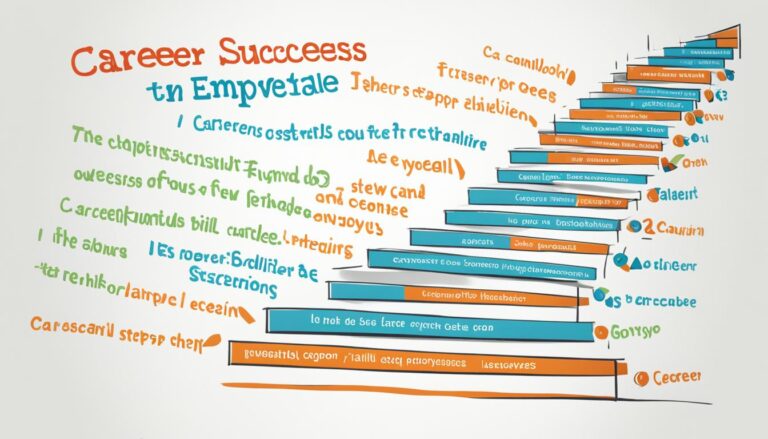Brighten Your Day with a Fun Fact of the Day!
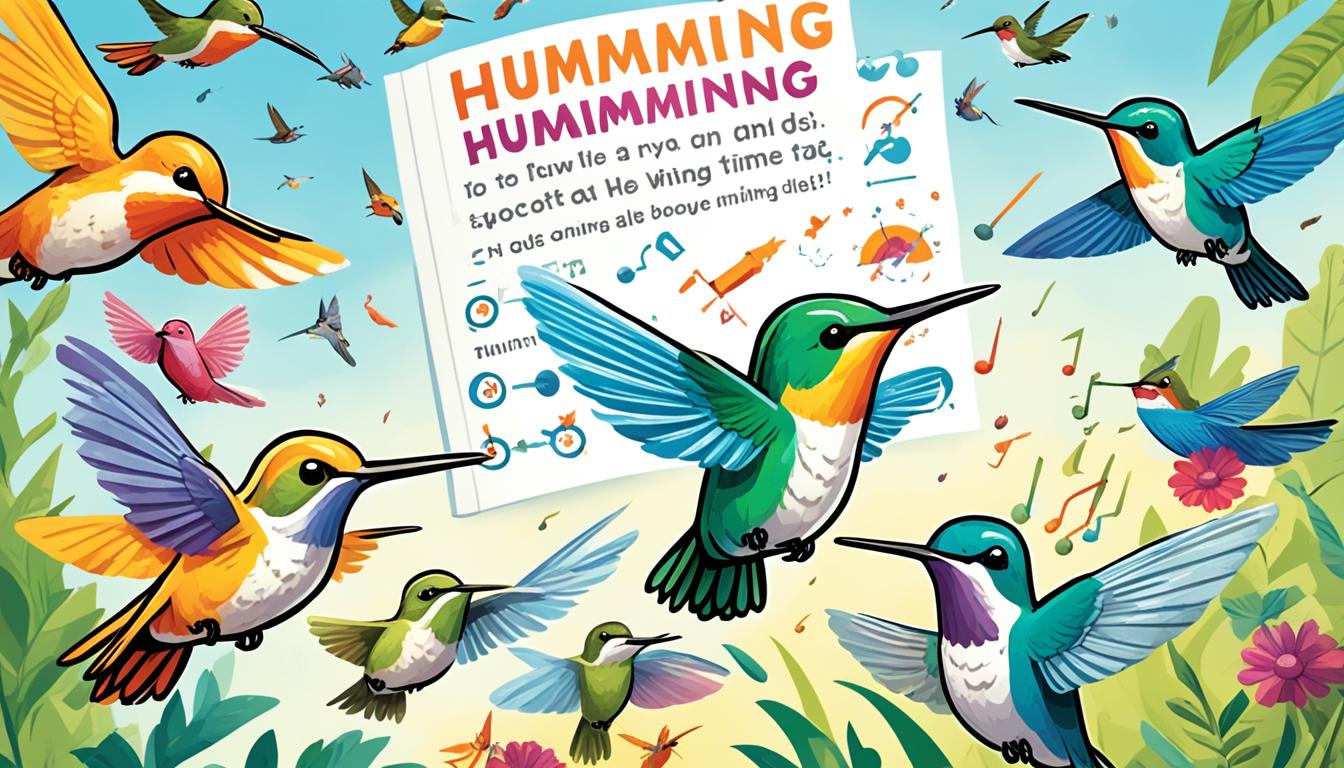
In today’s fast-paced world, it’s easy to feel overwhelmed by the constant barrage of negative news and information. But amidst all the chaos, there are still moments of joy and wonder waiting to be discovered. So, why not take a break from the mundane and indulge in a daily dose of interesting facts that are sure to bring a smile to your face?
Whether it’s a fascinating revelation about the hidden lives of trees or a heartwarming story about the bonds between sea otters, these fun facts will remind you of the beauty and magic that exist all around us. Join us on this journey of delightful discoveries, as we explore fascinating tidbits of knowledge that are bound to brighten your day!
Key Takeaways:
- Amidst the chaos of daily life, taking a moment to learn something new and interesting can be a refreshing and uplifting experience.
- Fun facts can remind us of the wonders and beauty that exist in the world, offering a break from the negativity and stress.
- From the communication between trees to the heartwarming behavior of sea otters, there are countless stories waiting to be discovered that will bring a smile to our faces.
- By embracing the joy and curiosity of learning, we can brighten our days and cultivate a more positive mindset.
- So, let’s embark on this journey of discovery together and explore the fascinating world of fun facts!
Trees Can Make Friends and Talk to Each Other
Did you know that trees have their own secret language? Ecologists have discovered that trees communicate with each other through their root systems, engaging in a fascinating network of conversation known as the hidden life of trees. This phenomenon, also referred to as “tree whispering,” reveals a vibrant and interconnected world beneath the surface.
Researchers have found that trees send messages to each other using intricate pathways of soil fungi called mycelium. These fungal networks act as a powerful communication system, enabling trees to share vital information about their environment, resources, and even potential threats.
One of the ways trees communicate is by sharing sunlight. Tall trees in a forest create a canopy that shades the saplings below. Through the underground network, mature trees allocate energy to their shaded neighbors, ensuring their growth and survival. This incredible act of cooperation demonstrates the selfless nature of the hidden life of trees, as they prioritize the well-being of the entire community.
But communication among trees goes beyond simple acts of sharing. Studies have shown that trees can also warn each other about impending dangers. When a tree is attacked by pests or insects, it releases chemical signals that alert its neighboring trees to prepare their defenses. Furthermore, trees have the ability to adjust their growth patterns in response to environmental changes, such as shifts in light or water availability, based on the messages they receive from their fellow trees.
This extraordinary interconnectedness among trees challenges our perception of the natural world and highlights the complexity of ecosystems. It emphasizes the importance of preserving forests, not only for their beauty but also for the vital role they play in maintaining the planet’s ecological balance.
| Key Points: |
|---|
| Trees communicate through their root systems and soil fungi networks. |
| They share sunlight and allocate resources to help each other grow. |
| Trees can warn each other about impending dangers. |
| They adjust their growth patterns based on the messages they receive. |
| Preserving forests is crucial for maintaining ecological balance. |
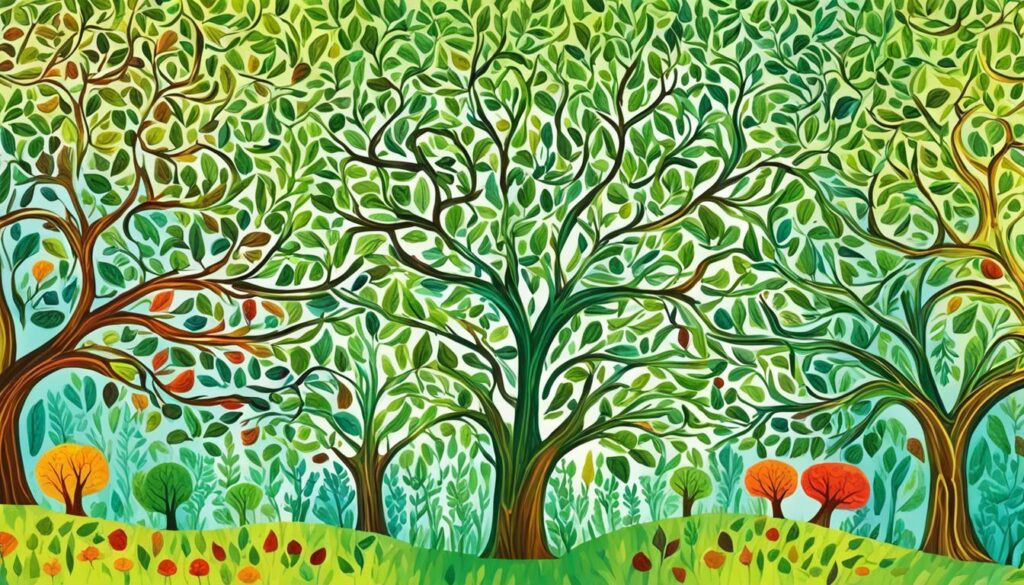
The Oldest “Your Momma” Joke Dates Back 3,500 Years
Humor has a way of transcending time and cultures. Even jokes that were popular centuries ago can still make us laugh today. Case in point: the oldest “your momma” joke ever discovered.
Believe it or not, this ancient joke can be traced back to a Babylonian tablet dating back 3,500 years. It seems that people in Mesopotamia were not only skilled in agriculture and craftsmanship but also in the art of comedy. The tablet, known as the “Plimpton 322,” contains a collection of mathematical equations and calculations, but it also hides a clever jest.
Embedded within this ancient mathematical document is a joke that mocks rival students. The joke goes something like this:
“1. Your momma is so dumb, she thought a Babylonian tablet was a trendy new device for counting sheep.”
This discovery highlights the timeless nature of humor and the universal desire to share a good laugh. It also shows that humans have always enjoyed making jokes about their mothers – even in ancient civilizations.
So the next time you hear a “your momma” joke, remember that it has a rich history dating back thousands of years. Ancient jokes like these bring us closer to our ancestors and remind us that laughter is truly a universal language.
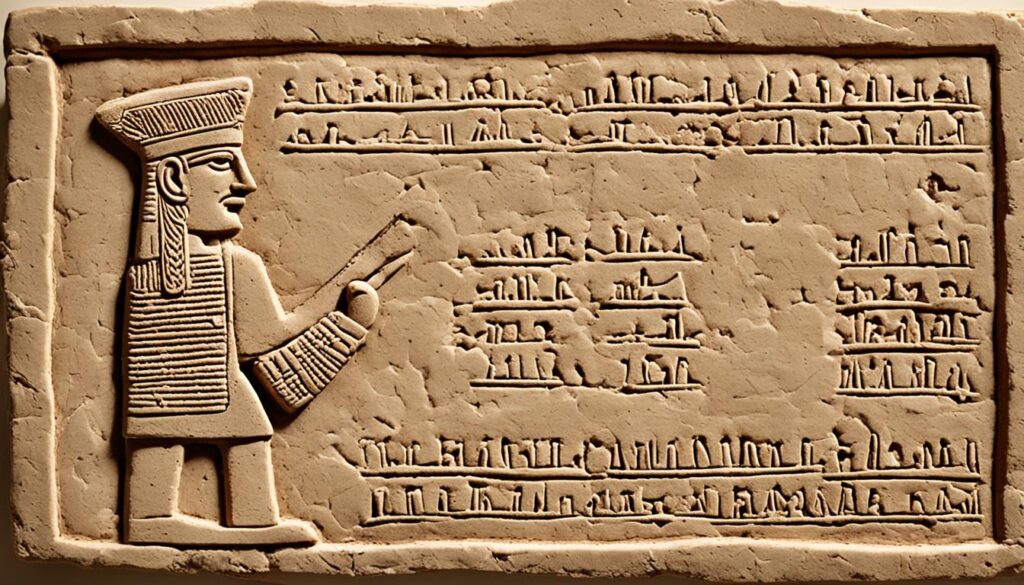
Ancient Jokes Throughout History
The Babylonian tablet joke is just one example of how humor has been a part of human culture for millennia. From the witty remarks of ancient philosophers to the rib-tickling puns of medieval jesters, jokes have always been a way for people to connect, entertain, and reflect on the human experience.
Ancient jokes often provided a commentary on the absurdities of life, offering a momentary escape from the challenges and hardships of the time. They not only entertained but also served as a form of social critique, questioning authority and challenging societal norms.
While many of these jokes may no longer be as accessible or relevant to modern audiences, their existence speaks to the enduring power of humor. It shows that even in the face of adversity, humans have always found solace and amusement in laughter.
The Importance of Preserving Ancient Humor
Exploring the history of ancient jokes and their cultural significance is not just a trivial pursuit. It allows us to gain a deeper understanding of the human condition and provides a valuable insight into the social, political, and cultural dynamics of the past.
By studying these ancient jests, we can better appreciate the progress and changes that have occurred over time. We can also see how humor has evolved to reflect shifting attitudes and values throughout history.
Furthermore, delving into the world of ancient humor helps us connect with our ancestors on a more personal level. It reminds us that the people of the past were not so different from us – they laughed at the same things, faced similar challenges, and sought joy in their daily lives.
So the next time you share a joke or have a good laugh, take a moment to appreciate the rich history behind it. Know that your laughter is part of an ancient tradition that has spanned the ages, bringing joy and connection to countless people throughout history.
Humpback Whales Have Recovered 30% of Their Population
Thanks to conservation efforts and a ban on commercial whaling, the South Atlantic humpback whale population has experienced a remarkable recovery. From a low point of 450 individuals, their numbers have soared to an impressive 25,000. This positive trend is a testament to the power and importance of dedicated humpback whale conservation initiatives.
The ban on commercial whaling has played a significant role in the resurgence of humpback whales. Implemented to protect these majestic creatures from overhunting, the ban has allowed their population to rebound and thrive. Humpback whales, known for their awe-inspiring acrobatic displays and hauntingly beautiful songs, are now finding renewed hope for the future.
Efforts to conserve humpback whales encompass various strategies, including the establishment of protected areas, advocating for stricter regulations, and raising public awareness about their plight. Additionally, collaboration among different organizations, researchers, and governments has facilitated comprehensive studies and informed decision-making that prioritize the preservation and sustainable management of humpback whale populations.
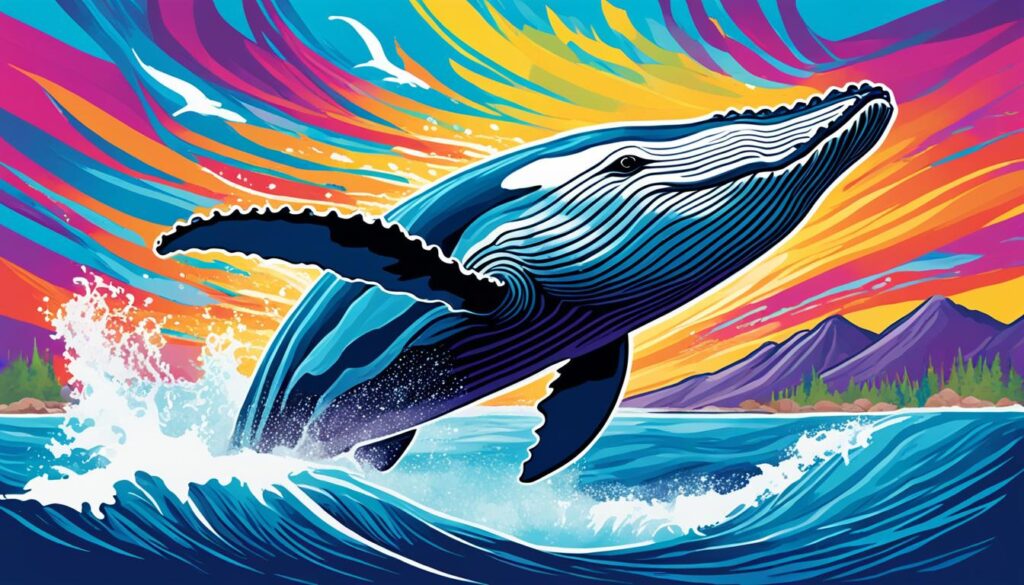
Humpback whales are vital to the health of our oceans. As they feed on krill and small fish, they help maintain the balance of marine ecosystems. Their impressive annual migrations also serve as a powerful reminder of the interconnectedness of our planet and the need to protect and cherish its diverse inhabitants.
The recovery of humpback whale populations serves as an inspiring example of how concerted conservation efforts can make a significant difference in preserving and restoring endangered species. By continuing to prioritize humpback whale conservation and advocating for the ban on commercial whaling, we can ensure that future generations will continue to witness the awe-inspiring beauty and grace of these magnificent creatures.
Sea Otters Hold Hands So They Don’t Drift Apart
Sleepy sea otters engage in a heartwarming behavior that showcases their intelligence and social nature. When these adorable creatures take a nap in the water, they hold hands to prevent drifting apart. This unique behavior helps them stay together as a group, forming what is often referred to as a “raft” of sea otters.
Sea otter behavior is fascinating to observe as it highlights their strong bond and cooperative nature. By holding hands, they create a sense of security and maintain physical contact, ensuring they can easily regroup and find each other after waking up.
Not only does this behavior prevent drifting, but it also serves other purposes in their daily lives. Holding hands helps sea otters stay warm by forming a dense cluster that insulates them from the cold ocean water. Additionally, this behavior is essential for grooming and social interaction within their tight-knit communities.
Sea otters are known for their playful and sociable nature, and their hand-holding behavior further demonstrates their capacity for empathy and companionship. This remarkable display of unity among sea otters reminds us of the power of connection and the importance of sticking together as a group.
The Two Types of Sea Otter Hand-Holding
Sea otters employ two different forms of hand-holding, depending on the circumstances:
- Single Hand-Holding: This is the most common form of hand-holding among sea otters. They typically pair up during nap time, with one otter extending a paw to hold hands with another otter. This method enables them to stay close while conserving energy.
- Buddy System Hand-Holding: In situations where there are stronger currents or rough waves, sea otters engage in a more elaborate hand-holding technique known as the buddy system. Here, several otters link their paws, creating a floating raft that helps them withstand the challenging conditions together.
| Benefits of Sea Otter Hand-Holding | Significance |
|---|---|
| Prevention of Drifting | Ensures otters remain together in groups, promoting safety and ease of regrouping after waking up. |
| Thermal Regulation | Holding hands forms a tight cluster, preventing heat loss and providing insulation against the cold ocean water. |
| Facilitates Social Interaction | Allows otters to groom each other and engage in important social interactions, strengthening social bonds within the group. |
| Enhances Communication | Hand-holding enables otters to communicate and coordinate movements effectively, aiding in their cooperative behaviors. |
The Actors Who Played Mickey and Minnie Mouse Were Married in Real Life
Did you know that the voices behind the beloved Disney characters Mickey and Minnie Mouse were married in real life? Wayne Allwine and Russi Taylor, the talented voice actors behind Mickey and Minnie, shared a special connection that added an extra touch of magic to their performances.
Wayne Allwine voiced Mickey Mouse for over three decades, starting in 1977 until his passing in 2009. He brought the iconic character to life with his energetic and playful voice, capturing the essence of Mickey’s charm and optimism.
Russi Taylor, on the other hand, first took on the role of Minnie Mouse in 1986 and continued to portray the beloved character until her passing in 2019. Her sweet and endearing voice perfectly embodied Minnie’s kind-hearted nature and unwavering support for Mickey.
The real-life romance between Allwine and Taylor mirrored the on-screen relationship of their iconic characters. They met during a recording session for the television series “Totally Minnie” and instantly connected. They embarked on a beautiful journey together, sharing their love for each other and the characters they portrayed.
Throughout their careers, Allwine and Taylor brought joy and happiness to millions of Disney fans worldwide with their exceptional voice acting. Their genuine chemistry and love for each other translated into the heartfelt performances of Mickey and Minnie, making the characters even more lovable and relatable.
Their dedication to their craft and their ability to bring these animated characters to life showcased their immense talent and the lasting impact they had on Disney’s legacy.
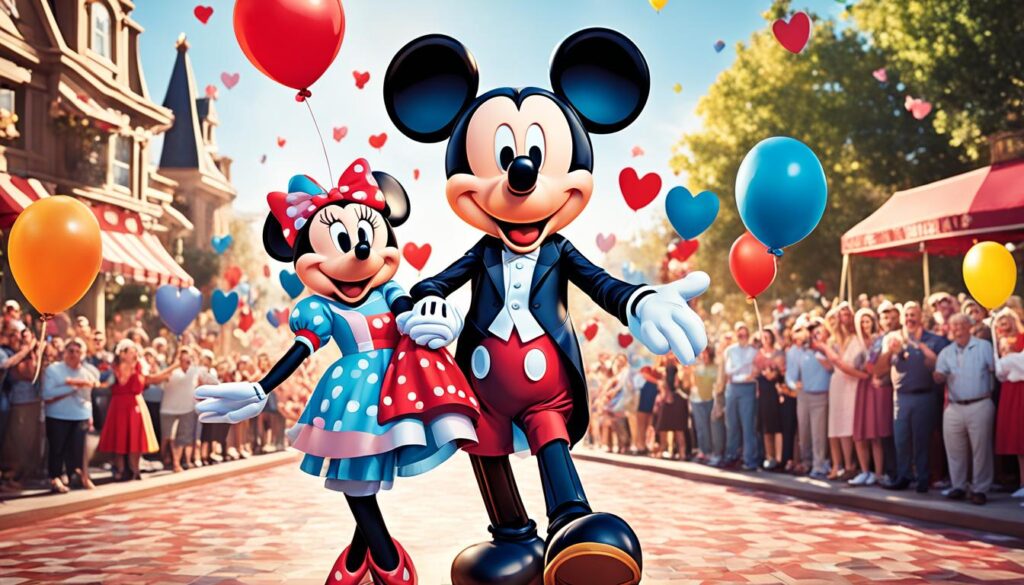
The Magic Behind Their Voices
Wayne Allwine was the third voice actor to portray Mickey Mouse, following in the footsteps of Walt Disney himself and Jimmy MacDonald. He brought his own unique flair to the character, ensuring Mickey’s voice remained iconic throughout the years.
Russi Taylor was handpicked by Walt Disney to voice Minnie Mouse, making her the official voice of Minnie for over three decades. She perfectly captured Minnie’s charm and charisma, delighting audiences with her talented vocal performance.
The real-life romance of Wayne Allwine and Russi Taylor adds an extra layer of depth to the iconic characters they portrayed. Their love story is a testament to the enduring magic of Disney and the power it has to bring people together.
We Are All Made of Stars
Did you know that the elements that make up the human body have an incredible origin? Scientists have made an astonishing discovery: the very building blocks of life within us originated from the thousands of stars that populate our Milky Way galaxy. Yes, you read that right. We are literally made of stardust.
Stars, those celestial bodies that have captivated humans for centuries, play a crucial role in the creation of elements. Through the process of nuclear fusion, stars produce and release elements such as carbon, oxygen, nitrogen, and iron into space. These elements then disperse and become the raw materials for new stars, planets, and even life forms.
Image:
As the vastness of the cosmos continues to unfold, we now understand that our bodies are made up of these ancient elements that have traveled through time and space. So every atom within us, every molecule that forms our being, can be traced back to the same stardust that has illuminated our skies for billions of years.
Think about it – every step you take, every breath you breathe, is a testament to the interconnectedness of the universe. You are a walking, talking embodiment of the cosmic dance of creation and evolution. As Carl Sagan famously said, “We are made of starstuff.”
The significance of this revelation transcends scientific curiosity. It reminds us that we are part of something greater than ourselves, connected to the vastness of the universe. It sparks wonder, curiosity, and a deep sense of awe.
Next time you gaze up at the night sky, let the stars remind you of your own origins. We are all made of stars, and within us lies the legacy of countless distant suns. It’s a humbling thought that can inspire us to appreciate the beauty and interconnectedness of all things.
Journey of Elements: From Stars to Humans
| Element | Origin |
|---|---|
| Hydrogen | Birth of the universe |
| Carbon | Produced through nuclear fusion in stars |
| Nitrogen | Formed in the core of massive stars |
| Oxygen | Released during supernova explosions |
| Calcium | Created through stellar nucleosynthesis |
| Iron | Produced during the final stages of stellar evolution |
These elements, among others, are the building blocks that compose our bodies, enabling the intricate processes of life to unfold.
Happiness Is Contagious
Did you know that happiness is contagious? According to a study conducted by Harvard Medical School and the University of California, San Diego, being around happy people can actually increase our own happiness. It’s like a ripple effect, spreading joy from person to person.
When we are surrounded by contagious happiness, it has a positive impact on our emotional health. Happiness not only lifts our spirits but also improves our overall well-being. It can reduce stress, boost our immune system, and even increase our lifespan.
But it doesn’t stop there. The study found that the spread of happiness can reach beyond our immediate social circle. It can extend to friends of friends, up to 3 degrees of separation. So, by embracing and spreading happiness, we have the power to touch the lives of others, creating a chain reaction of positivity.




